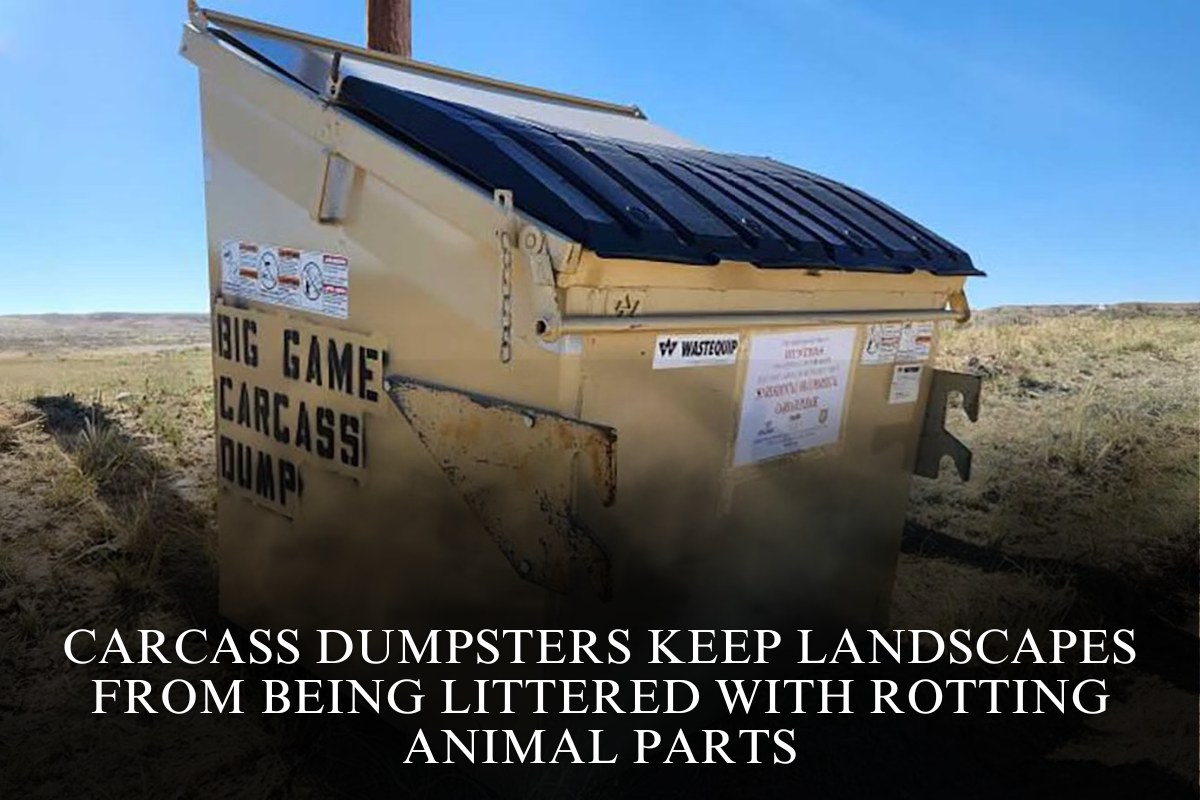A 71-year-old man who blew up the Fremont County undersheriff’s patrol car with dynamite 52 years ago was arrested again this week after investigators allegedly found him with four pounds of meth.
Alfred “Buzz” Lee Apodaca appeared in Riverton Circuit Court on Friday via a virtual link from a viewing room at the Fremont County Detention Center. He wore an orange jumpsuit, handcuffs, and black spectacles, with ruffled black hair and a mustache.
Riverton Circuit Court Judge Dan Stebner set a $10,000 cash-only bond in the case against Apodaca, who is charged with one count of possessing meth with intent to deliver and another count of possessing a felony amount of meth.
The first is punishable by up to 20 years in prison and $25,000 in fines, while the second carries a maximum sentence of seven years in prison and $15,000 in fines.
Apodaca told Stebner that he hasn’t felt right since contracting COVID-19 in 2021, or since he “caught a dirty methamphetamine.”
Apodaca stated that he still suffers from “brain fog” as a result of the prolonged COVID.
Apodaca was apprehended this week with four pounds of methamphetamine in two bags in the bed of a Ford F-150, according to an evidentiary affidavit prepared by Division of Criminal Investigation Special Agent Ryan Wangberg.
Wangberg obtained a search warrant Wednesday from Lander Circuit Court Judge Jefferson Coombs, according to the affidavit.
Fremont County Deputy Attorney Jane Juve charged Apodaca on Thursday.
The man who once blew up a cop’s car with dynamite is accused of transporting four pounds of methBoom
In 1974, a jury in the United States District Court for Wyoming convicted Apodaca of destroying a government-owned vehicle, possessing a destructive device that was not registered in the National Firearms Registration and Transfer Record, and failing to pay taxes on the dynamite he used.
According to federal court documents, the dynamite bombing of a Fremont County Sheriff’s Office patrol car in Riverton on December 8, 1973, was the catalyst for these crimes.
Roberta Jean Hernandez, the government’s key witness, testified on April 8, 1974, that Apodaca and Ronnie Jasch picked her up the night of December 7, 1973, to take her for a ride in Apodaca’s new vehicle.
Jasch said he knew where there was dynamite and suggested they “blow up a cop car.”
They drove to Apodaca’s father’s house, got some dynamite and a fuse, and waited about a half-block from the Fremont County undersheriff’s house at 1:45 a.m.
Hernandez remained in the car while the men walked to the undersheriff’s house with the dynamite, returning a few minutes later.
Hernandez testified that she was afraid because, while his case was pending, Apodaca told her that if she testified against him, he would blame her and she “wouldn’t make it to court to testify.”
Just before the trial began on August 7, 1974, Hernandez, a key government witness, informed the prosecutor that she did not want to testify because she had married Apodaca three days earlier.
She produced her marriage certificate. Apodaca asserted his Fifth Amendment right to remain silent, or, in this case, to keep Hernandez from testifying due to spousal privilege.
The judge determined that the marriage was a fraud on the court.
Marrying Hernandez was a violation of Apodaca’s bail because he had been ordered not to communicate with her during the trial.
Hernandez was forced to take the stand and attempted to recant her previous testimony, according to court documents.
80s Drug Boss
In 1980, Apodaca was convicted in state court of selling marijuana.
In 1982, investigators described Apodaca as a meth-dealing boss in Fremont County.
“From at least 1982 until February 1985, Apodaca was the central figure in organizing numerous individuals to manufacture and distribute methamphetamine — crank — in central Wyoming,” according to a lawsuit’s appeals document.
One of Apodaca’s immediate subordinates testified that he began selling meth for him in 1982. Another man testified that he began selling “crank” for Apodaca in Casper in early 1983.
Two more men claimed that they cooked meth at Apodaca’s Riverton home in 1983 or early 1984, sold some of it, and gave the proceeds to Apodaca.
In June 1984, Riverton and Shoshoni held a second cooking session, and Apodaca distributed the supplies to five different people whose territories ranged from Casper to Thermopolis to Riverton.
That case resulted in three additional federal convictions.












